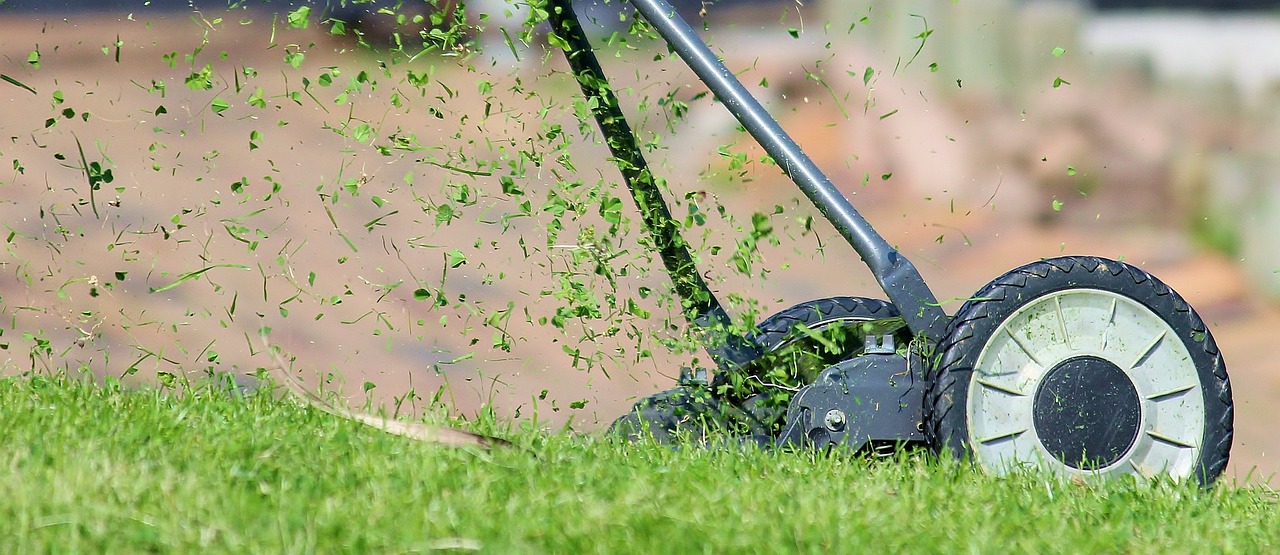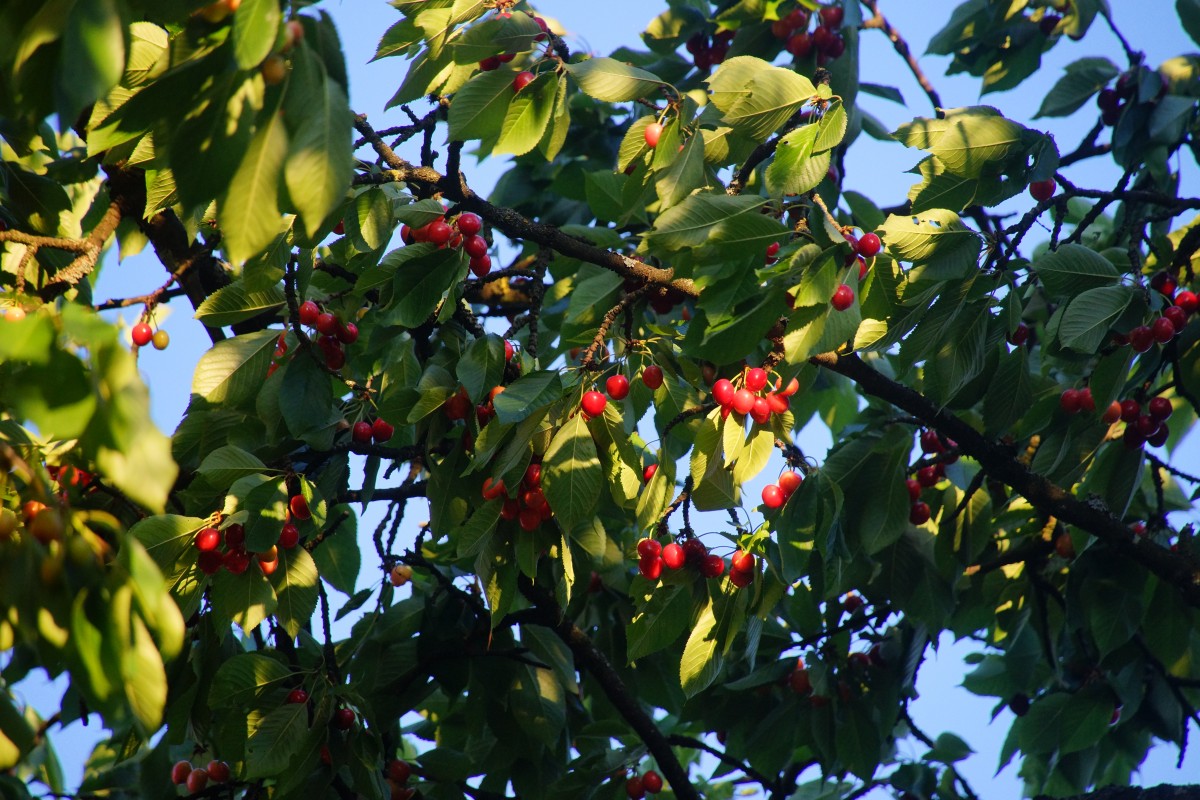A well-maintained lawn is more than just a patch of grass; it’s a welcoming green space that enhances the beauty of your home and provides a refreshing outdoor environment. Achieving and preserving a healthy lawn requires consistent care and attention, adapting your maintenance practices to the changing seasons. Let’s explore some proven methods for seasonal turf care to ensure your yard remains vibrant throughout the year.
Spring: Revitalizing Your Lawn
As nature awakens, spring presents an ideal opportunity to kick-start your turf care routine:
1. Aeration and Dethatching:
Core Aeration: Use an aerator to perforate the soil, allowing air, water, and nutrients to penetrate the root zone.
Dethatching: Remove accumulated thatch (dead grass and debris) to prevent suffocation of the grass.
2. Overseeding:
Fill in Bare Spots: Overseed your lawn to fill bare or thin areas, promoting a denser turf cover.
Choose the Right Seeds: Select grass varieties suitable for your climate and soil type.
3. Fertilization:
Apply a Balanced Fertilizer: Feed your lawn with a balanced fertilizer to kickstart growth and strengthen roots.
Summer: Nourishing and Protecting Your Grass
The heat of summer demands specific care to maintain your lawn’s health and vitality:
1. Proper Watering:
Deep and Infrequent: Water deeply but infrequently to encourage deep root growth. Early morning watering helps minimize evaporation.
Avoid Overwatering: Monitor moisture levels; overwatering can lead to shallow root systems and fungal issues.
2. Mowing Techniques:
Set the Right Height: Adjust your mower to the appropriate height for your grass type. Cutting too short can stress the turf.
Regular Maintenance: Mow regularly to maintain an optimal grass height, usually one-third of the blade’s length at a time.
3. Weed and Pest Control:
Regular Inspections: Keep an eye out for weeds and pests. Hand-pull weeds or use targeted herbicides as needed.
Integrated Pest Management: Adopt eco-friendly methods to control pests, such as introducing beneficial insects or using natural repellents.
Fall: Preparation for Winter Dormancy
As temperatures cool down, prepare your lawn for the dormant months ahead:
1. Raking and Leaf Removal:
Clear Debris: Remove fallen leaves and debris regularly to prevent them from suffocating the grass and promoting mold growth.
Final Mowing: Gradually lower the mower height for the last few cuts of the season.
2. Fertilization and Seeding:
Late Fertilization: Apply a fall-specific fertilizer rich in phosphorus and potassium to promote root development during dormancy.
Seeding: Overseed in early fall to fill in bare patches and ensure a denser lawn next spring.
3. Aerate and Topdress:
Core Aeration: Give your lawn one final aeration session to improve soil structure and allow nutrients to penetrate deeply.
Topdressing: Apply a thin layer of compost or topsoil to replenish nutrients and level the surface.
4. Raking and Debris Removal:
Thorough Cleanup: Beyond leaves, remove any fallen branches or debris that could smother the grass or create potential hazards.
Thatch Management: If thatch buildup is significant, consider dethatching your lawn to ensure proper aeration.
5. Adjusting Mower Height:
Gradual Reduction: Lower the mower blade gradually for the last few cuts in the fall. Taller grass helps insulate the soil and protects the roots during winter.
Maintaining a healthy and vibrant lawn requires a proactive approach, adapting care practices to the changing seasons. By following these proven methods for seasonal turf care—revitalizing in spring, nourishing in summer, and preparing in fall—you’ll establish a strong foundation for a lush, resilient lawn that enhances the beauty of your home year-round. Remember, consistency and proper maintenance are key to a thriving yard.
Ready to transform your Oshawa lawn into a thriving oasis? Discover how our expert turf care at Royal Blue Property Maintenance can elevate your yard’s health and beauty. Schedule your consultation today and reap the benefits!



